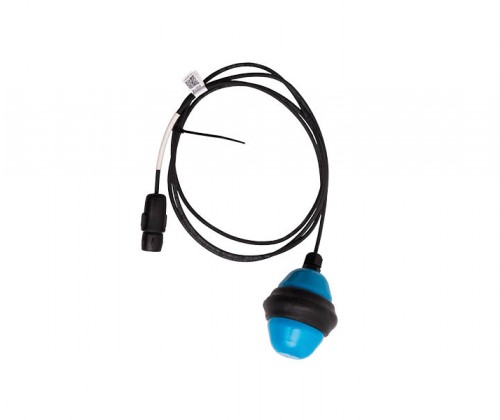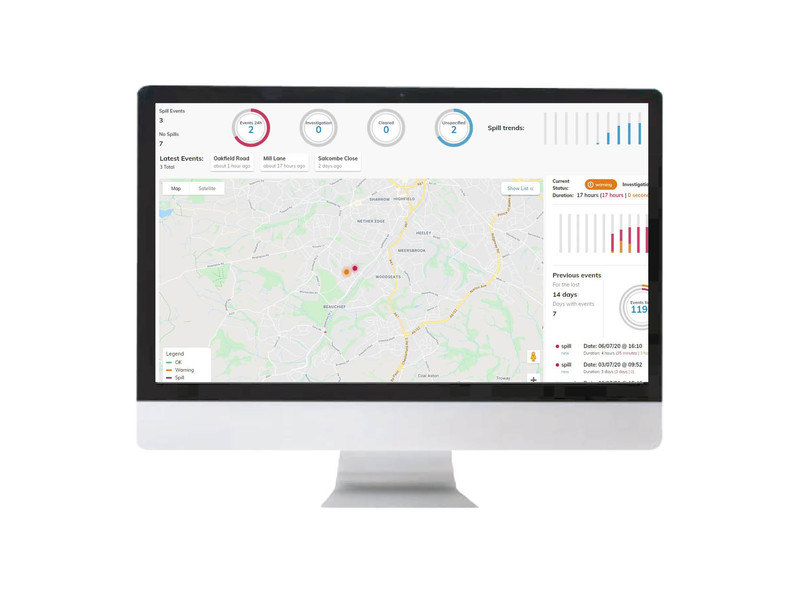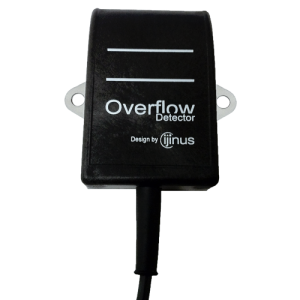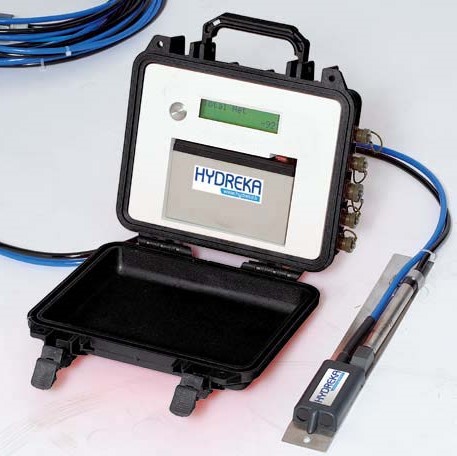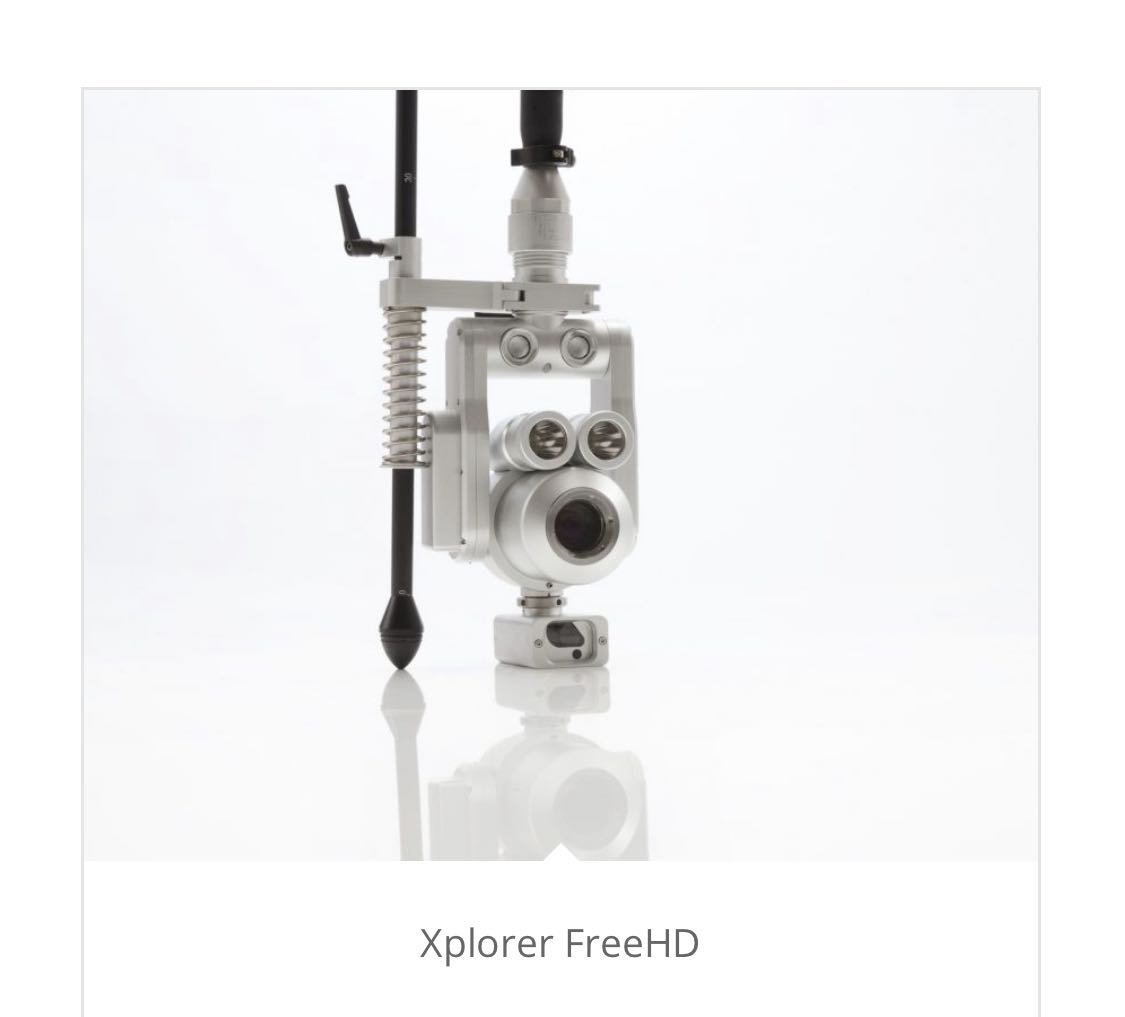
Renewable freshwater resources have major environmental and economic value. Their distribution varies widely among and within countries. Pressures on freshwater resources are exerted by exploitation and pollution. Environmental monitoring is used in the preparation of environmental impact assessments, as well as in many circumstances in which human activities carry a risk of harmful effects on the natural environment. All monitoring strategies and programs have reasons and justifications which are often designed to establish the current status of an environment or to establish trends in environmental parameters.
Although on-site data collection using electronic measuring equipment is commonplace, many monitoring programs also use remote surveillance and remote access to data in real time. This requires the on-site monitoring equipment to be connected to a base station via either a telemetry network, land-line, cell phone network or another telemetry system. The advantage of remote surveillance is that many data feeds can come into a single base station for storing and analysis. It also enables trigger levels or alert levels to be set for individual monitoring sites and/or parameters so that immediate action can be initiated if a trigger level is exceeded.


